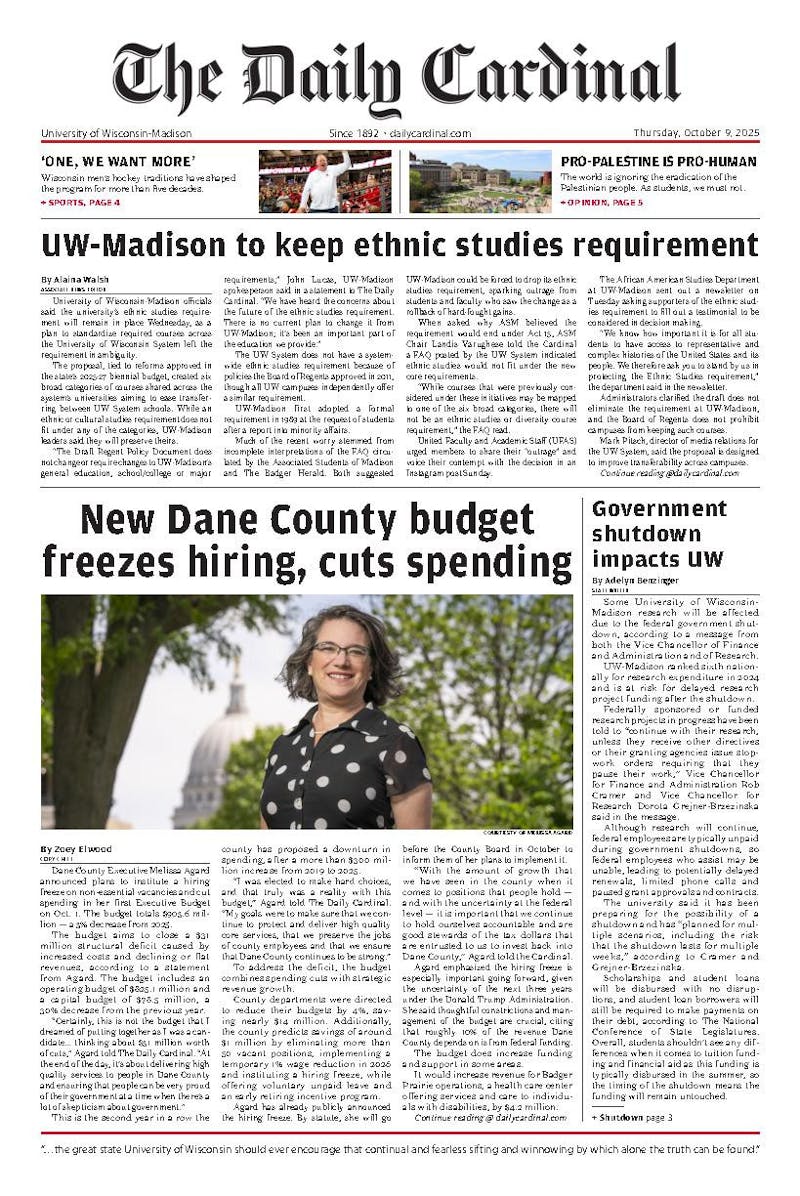We all know that the Super Bowl has turned into more than just a game. Between the orgy of media hype and Las Vegas oddsmakers, the merchandizing and the halftime spectacle, you don't need to like football to find a reason to watch The Game. The commercials may be one of the biggest parts of the extracurricular draw. But how do commercials, and especially commercials featured on such an overblown stage, relate to the songs and the artists that lend them music?
Last year, SoBe ran a commercial that featured CGI lizards dancing to the Michael Jackson hit Thriller."" This year, they followed up with a group of football players dancing ballet to Tchaikovsky's ""Swan Lake."" Midway through the spot, it switches to a song written specifically for SoBe by Neff-U called ""SoBelieve.""
The relationship among music, musician and advertisement is fairly straightforward in these ads. In last year's commercial, SoBe used the irony of watching a group of CGI animals recreate Michael Jackson's famous music video. This random time-warp to the '80s provides a memorable, unexpected connection.
In this year's spot, SoBe plays to the irony of football players dancing ballet, before again introducing the CGI dance party. SoBe, in the cases of ""Thriller"" and ""Swan Lake,"" uses songs that are cultural touchstones to frame the ridiculous dancing creatures. In the case of ""SoBelieve,"" SoBe uses a modern iteration of the jingle. This is not a case of interaction between independent art and advertising; this is simply advertising.
However, commercials often use songs that were not originally intended for use in advertising. The United States Postal Service used Steve Miller's ""Fly Like An Eagle"" for years, and I'm willing to bet that you have heard the Romantics' ""What I Like About You"" used in more commercials than you'd care to remember.
But advertisers are increasingly using songs from independent or fairly unknown artists to appeal to a younger, trendier crowd. You only need to look as far as your nearest Apple commercial. Apple has featured artists like Feist, the Ting Tings, Yael Naim and CSS, just to name a few. Although all of these artists had loyal followings before their use by Apple, the ads have catapulted all of them to new levels of recognition. But at what price?
The Postal Service's Give Up has long been one of my favorite albums. And, if you were to ask me what my favorite song was (before the UPS whiteboard ads), I would have immediately answered ""Such Great Heights."" Now, instead of feeling that surge of relaxation anytime I hear the opening notes, I expect to be submitted to some shipping explanation in color-coordinated dry-erase marker. The UPS commercial has effectively ruined one of my favorite songs. I wouldn't doubt if many of you have had similar experiences with Feist's ""1234"" or Ingrid Michaelson's ""The Way I Am.""
Besides the problem of overexposure, there are also the incongruous pairings of song with product. The UPS whiteboard ads are a mild example of this, featuring a song by a band called ""The Postal Service."" Perhaps more problematic are instances like Nike's use of Saul Williams' ""List of Demands."" How is it that Saul Williams' call for a radical shift in race relations became appropriated for selling workout gear? How can such a revolutionary message be whored out to sell sneakers and overpriced shorts?
I'm not condemning all artists who license their music for advertising. If a placement in an ad generates needed income or raises visibility, more power to you. However, allowing another person control over the connections and associations that an average person has with your art is a risky venture. In my opinion, there is a steep price to pay for widespread recognition.
Did the addition of popular music to a commercial actually increase your enjoyment of the song? Let Dale know at dpmundt@wisc.edu





